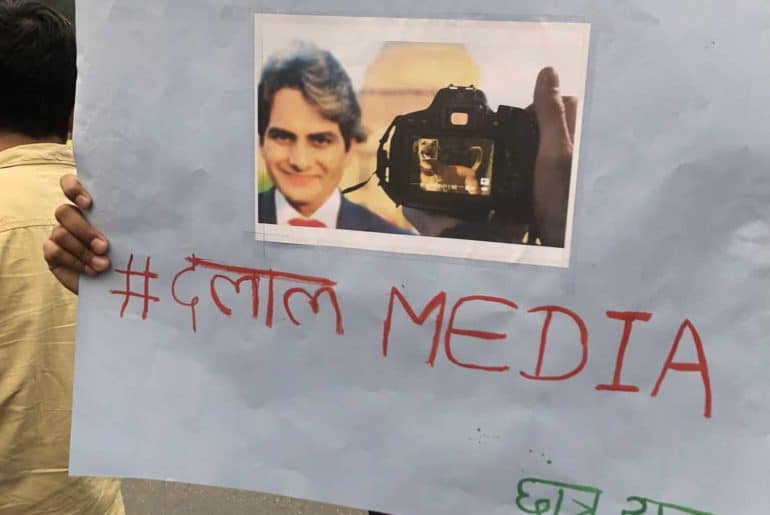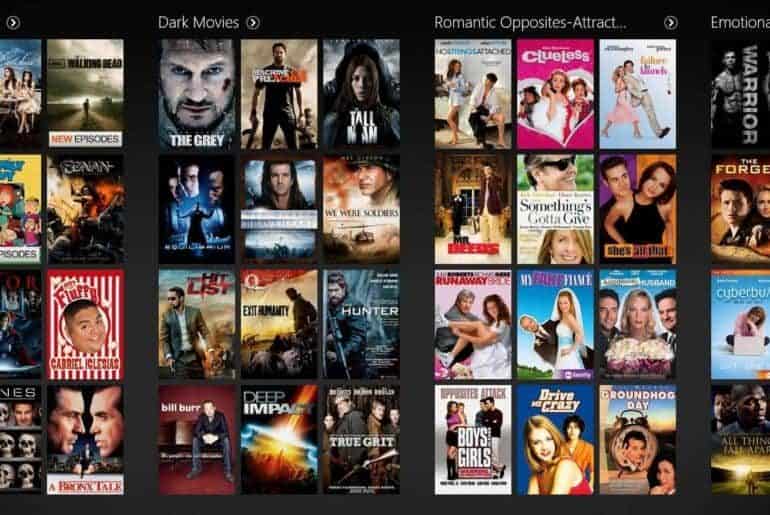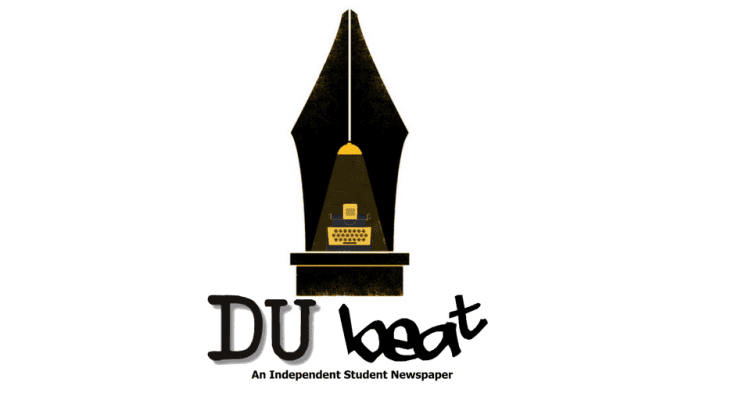An alleged attack on a token journalist happens, and it finds potential to divert the enumerable actual attacks on other journalists which have never been highlighted with half the importance into silence.
Not that people already couldn’t care less about journalists getting killed or harrased, all the attention of such matters has been credited to one person who would appear in all major searches, if one inputs, ‘attack on journalists’ as keywords.
Given the state of the fourth pillar of democracy in our country, whose performance is reflected in it’s awesome rankings, there’s no denying the fact that journalism has faced a heavy blow. India ranks 142nd out of 180 countries on Freedom of Press Index as of 2020 and it keeps getting worse every successive year. The Committee to Protect Journalism (CPJ), reported that our nation ranks 14th among states where journalists are murdered and killers go free. A study titled, “Getting Away With Murder,” revealed that 21 journalists were killed between 2014-19, and not a single conviction has taken place since 2014 against the targeted attacks on journalists for thier investigative works. Looks like the convicts have a licence to kill, but who gives them this license?
The study mentioned earlier reported that the list of perpetrators who attack journalists is inclusive of government agencies, security forces, political parties, local mafia, etc. A very basic inference from such a study is suggestive of the malign intention of the people in power who wish to dastardly silence the ones who dare to speak. Therefore to swift them into silence is the most viable and lucrative alternative.

Interestingly, silencing can be done in a legal way as well. Kashmiri photojournalist Masrat Zahra whose works have been published by Al Jazeera, Washington Post, The Caravan, etc was recently booked under the draconian Unlawful Activities Prevention Act (UAPA), which is an anti terror law resembling the Rowlatt Act of 1919. The pictures clicked by the Zahra were deemed to glorify “anti-national” sentiments and dent the image of law enforcing bodies, (the same bodies who are accused of terrorising journalists). Another journalist Gowhar Geelani, who has been heavily vocal about assault on journalism and state of Kashmir was also booked under the same act and there’s an FIR filed against The Hindu’s Srinagar correspondent-Peerzada Ashiq as well. However, Kapil Gujjar and Komal Pandey who have actually managed to terrorise people are living freely. Dalals who masquerade as journalists and spread fake news, instigate communalism, and spread Islamophobia everyday have no trials against them. Looks like there’s a pattern which is adhered to while earmarking as to who gets to be labelled as “anti-national’ and faces contempt of court.
If physical harassment is not enough, defamation cases are filed, spyware attacks are aimed, and mental harassment is dispensed through threat calls and trolling. Journalists are paying a very heavy price for doing their jobs and a growing intolerance towards independent media has landed a lot in hospitals, prisons, courts, and obituaries. From Gauri Lankesh to Shujaat Bukhari to Navin Nishchal to Sandeep Sharma, and to all other journalists who have lost their lives while reporting, current media should remember them, and hang their heads in shame every time they buckle under and tandem to the Power- which is the sole reason for a peevish state of journalism today.
Feature Image Credits: NYC Street Art
Umaima Khanam









